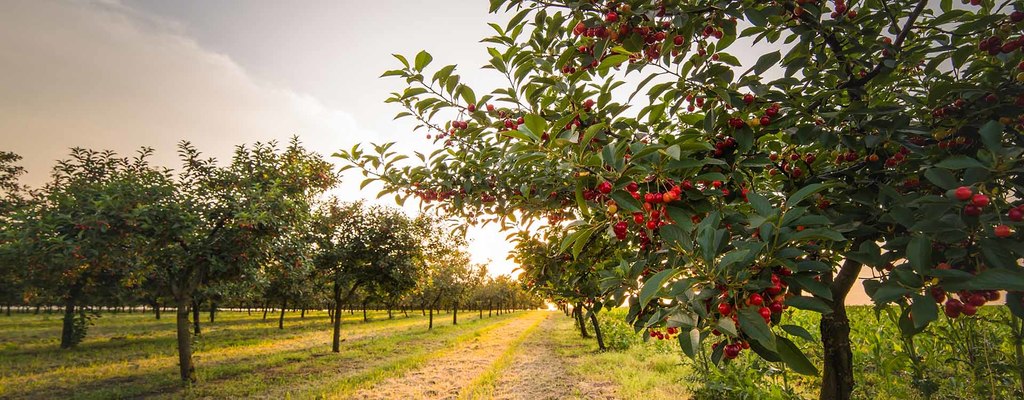With a permaculture orchard, it’s possible to make a living with higher yields and less work, all while living and growing in a sustainable way.
How do you create a permaculture orchard? Evaluate the land that you have to work with. Then choose species of trees, perennials, and animals that will work well together and make sense for your climate. Be sure to include some nitrogen-fixing plants, as well as plants that attract beneficial insects. You may want to add in some mushrooms as well.
In this article, I’ll share what a permaculture orchard is, and the steps in designing and creating one for yourself.
What Is A Permaculture Orchard?
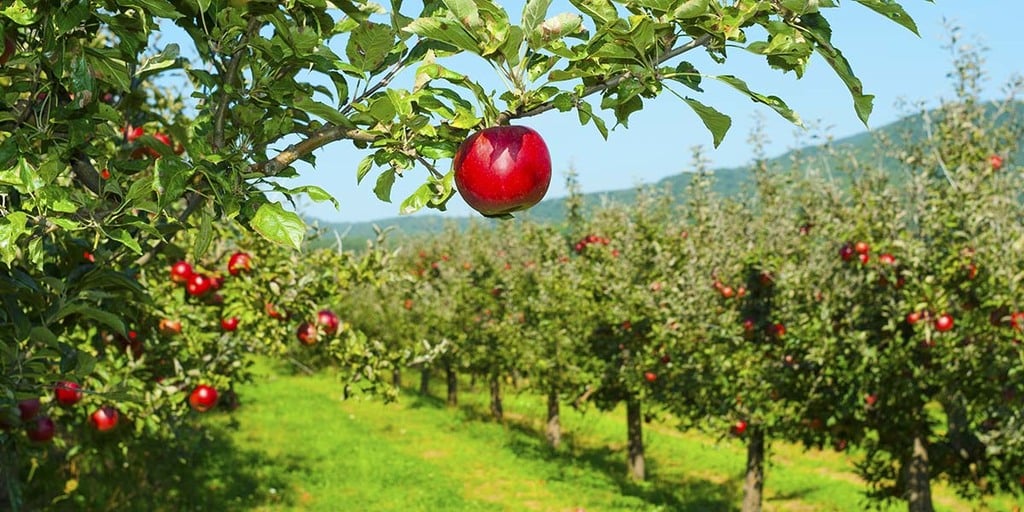
A permaculture orchard is a piece of land that has been planted with fruit trees, or other types of income-generating trees, in an environmentally responsible yet productive way.
Permaculture can seem like an intimidating word.
But in reality, it’s just a type of sustainable agriculture where you try to mimic natural ecosystems, and select plants that will work well together just like they would do in the wild.
Whether you want to just grow one fruit tree or dedicate a large portion of your farm to one, it’s fairly easy to transform your yard or land into a productive and healthy permaculture garden or orchard.
But for this article, we will focus more on a larger-scale orchard with several rows of trees.
Establishing an orchard is one of the more long-term projects that you can undertake on a farm. This is just based on the fact that it takes so long for trees to grow to a mature size where they will begin producing a crop.
But after reading this guide, hopefully a lot of the trial and error of establishing your own permaculture orchard will be taken out of the equation.
We can learn from the experiences of people who have already done it to save both money and time, and you don’t need to make the same mistakes that they did.
When done correctly, a permaculture orchard can become a home for beneficial animals and insects that will help to even further enrich the ecosystem.
It’s something you can leave behind as a legacy, both for your family, and for helping the environment in a small way as well.
Especially for something on the scale of an orchard, you want to place a focus on low-maintenance perennial plants.
An emphasis should also be put on adding organic matter to the soil, as well as boosting the soil’s ability to retain water.
This will create an environment where fruit and other crops are produced with minimal work on your part.
- You can learn more in my guide about permaculture farming, the 12 principles of permaculture, its benefits, and more;
Designing and Creating Your Permaculture Orchard – Step By Step
Trying to design a permaculture orchard from scratch can seem like an overwhelming task.
How will you decide on where to place hundreds or thousands of trees and other plants, how will you arrange them, and what species will you pick?
By breaking the process down into smaller steps, we can have something much more manageable to work with.
1. Consider Your Site
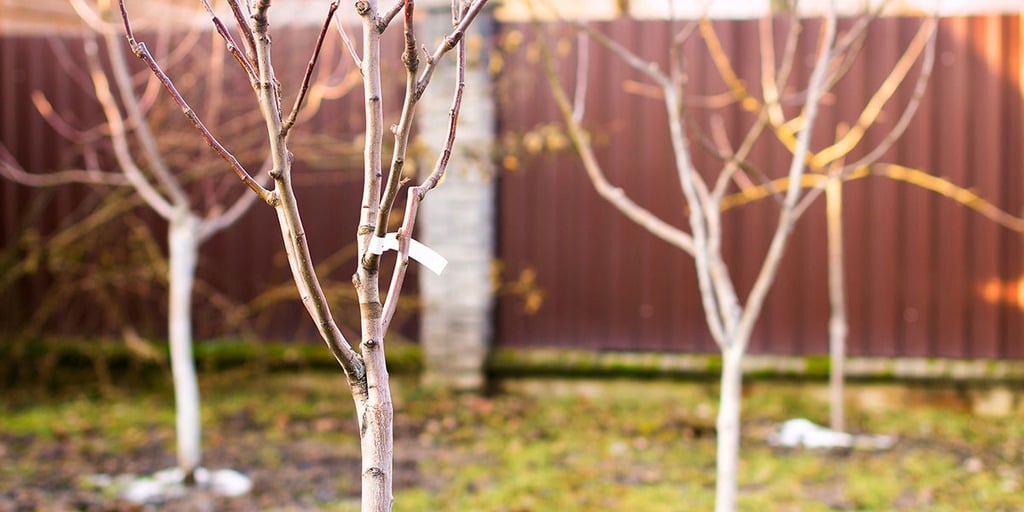
In permaculture, we almost always look at the existing land we have to work with, before we start to plan what we want to grow.
What parts of your property have the most access to sunlight, well-drained soil, and other resources that you may want to plan around?
Fruit trees need abundant sunlight, ideally for 6 to 8 hours per day. So beware of anything that may shade them out, either on your own land or neighboring properties.
Is there any sloping on your property and do you need to worry about soil erosion?
Fruit trees can be damaged by strong winds, so you might want to consider planting rows of hedges or larger trees as a windbreak to protect them, as long as it won’t shade them out.
You’re going to want to be able to access your orchard every few days, especially in the beginning, to inspect for any potential pest or wildlife issues.
When it’s time for harvest, you’ll be visiting even more frequently.
Probably daily. But the good news is that once an orchard is fully established, they need very little maintenance. So if you set everything up correctly the first time, it should almost take care of itself.
- Learn more about Online Permaculture Design Courses before you start designing your orchard.
2. Create Healthy Soil
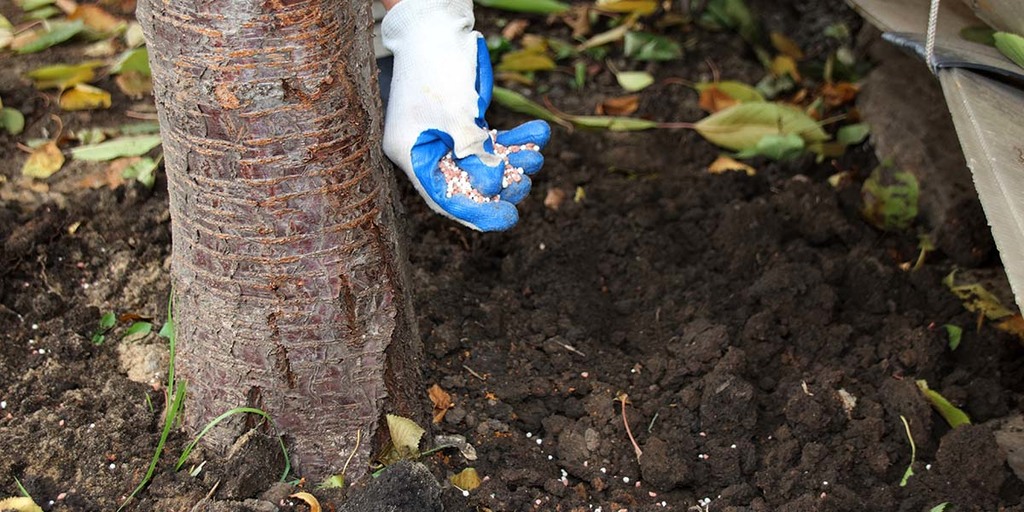
If you’re planting a new orchard, it’s worth amending your soil before you plant. It’s a lot harder to do it once all of your trees and other plants are in the ground.
Check your pH levels in various spots around your land and amend it as necessary. Most species of fruit trees enjoy a pH level of between 6.5 and 7.
If your soil is too acidic, add some organic lime. If it’s too alkaline, add composted coffee grounds or animal manure.
Over time, your soil will have more capacity to hold water as it increases in organic matter. But until then, irrigation of your orchard is very important.
So plan how you will get water to your trees and other crops, particularly in the early stages of your orchard.
3. Think About Your Trees First
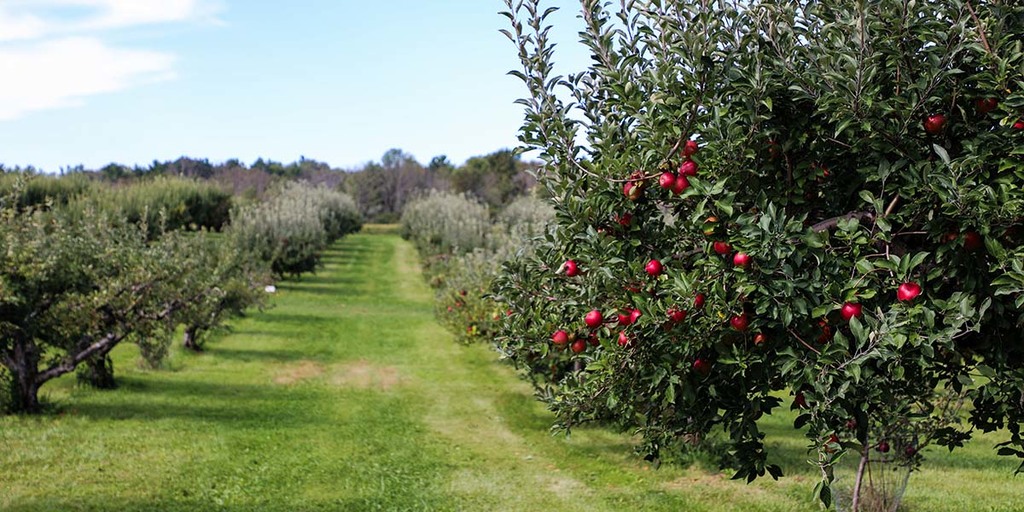
It wouldn’t be an orchard without trees. Your trees will be the main focus of your land, so it’s good to start by thinking about a selection of fruit and berry trees.
Consider what species grow best in your climate and if there are any natural variants that already exist. Take into consideration what you enjoy eating yourself, as well as what kinds of tree crops sell well.
If possible, try to think of any long-term trends that may exist further in the future. Is a certain crop likely to stay stable in popularity, or become more or less popular with time?
If you already have a conventional orchard to work with that you want to convert into a permaculture orchard, you’re already far ahead and will just need to slowly transform it over time by gradually adding understory plants to your orchard.
Keep in mind that some fruit trees like golden delicious apples, peaches, and bartlett pears are self-pollinating, so you can grow just one of these and it will still produce fruit.
But other types of trees require at least 2 trees to cross-pollinate.
When you’re designing your orchard, pay careful attention to spacing that each type of tree will require when fully grown.
You want your trees to be planted close together, but not so close that their canopies start to overlap, as this can affect productivity.
Generally a standard sized tree will take up a 25 foot circle, while dwarf fruit trees require only a 10 foot circle. Orient your trees to face north to south if possible, to get the maximum sun exposure.
4. Consider Starting A Permaculture Nursery
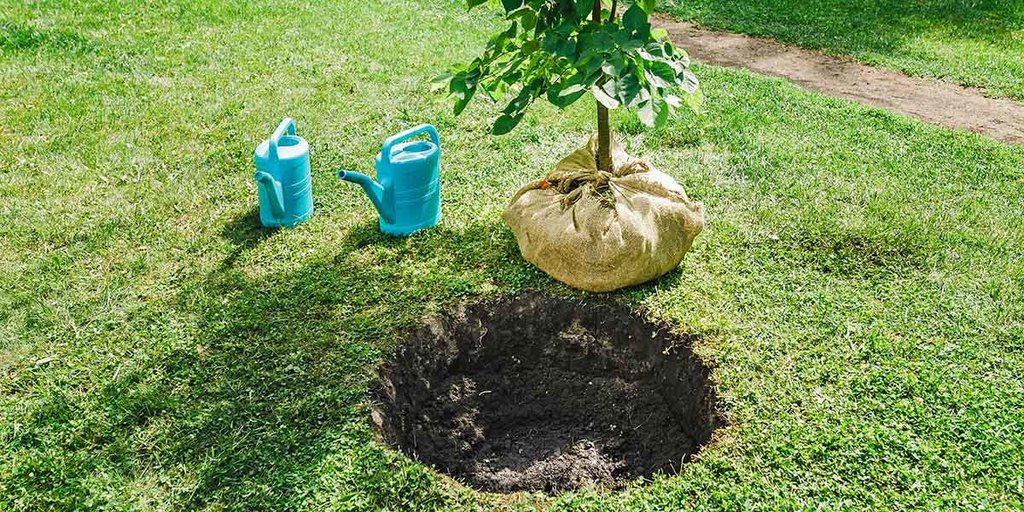
The cost of trees will likely make up more than half of the overall cost of setting up your orchard.
If you’re going to be planting thousands of trees, you can save significant money by setting up a permaculture nursery and growing most of your own trees yourself.
You may also want to keep a specific area of your farm where you grow mother plants which you take cuttings or scions from for grafting onto rootstock.
5. Add Perennial Vegetables
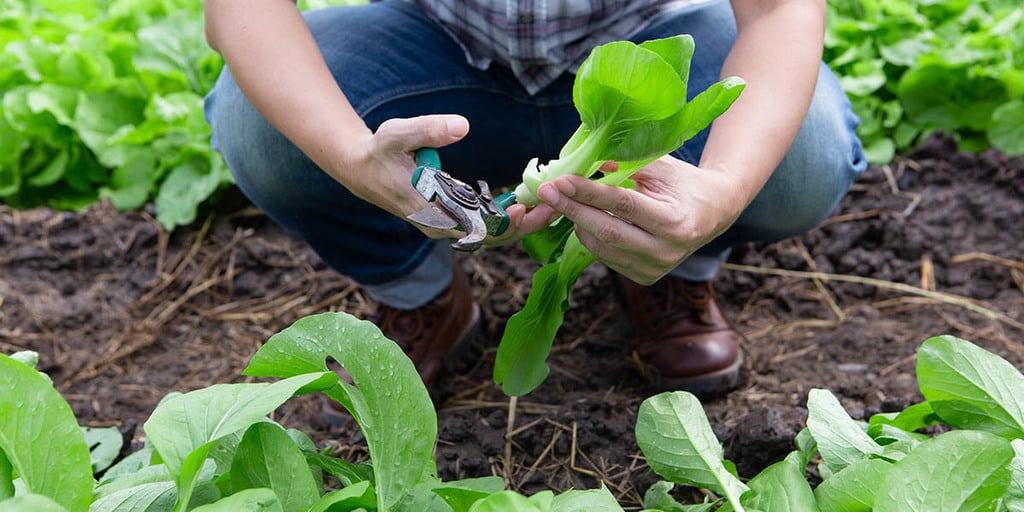
There are over 500 species of perennial vegetables that grow in North America, so it should be easy to find something suited to your local climate that you also enjoy growing.
They’ll add both biodiversity and other possible sources of income to your orchard.
Broccoli, rhubarb, and a wide variety of root vegetables and leafy greens are available which will continue to come back year after year.
Look into some other perennials you may not have heard of before as well.
For example, skirret is a root crop similar to parsnips that tolerate the cold well and also attract a lot of beneficial insects.
Sea kale and turkish rocket are leafy crops related to cabbage that will grow well under the shade of orchard trees.
6. Add Nitrogen-Fixing Plants
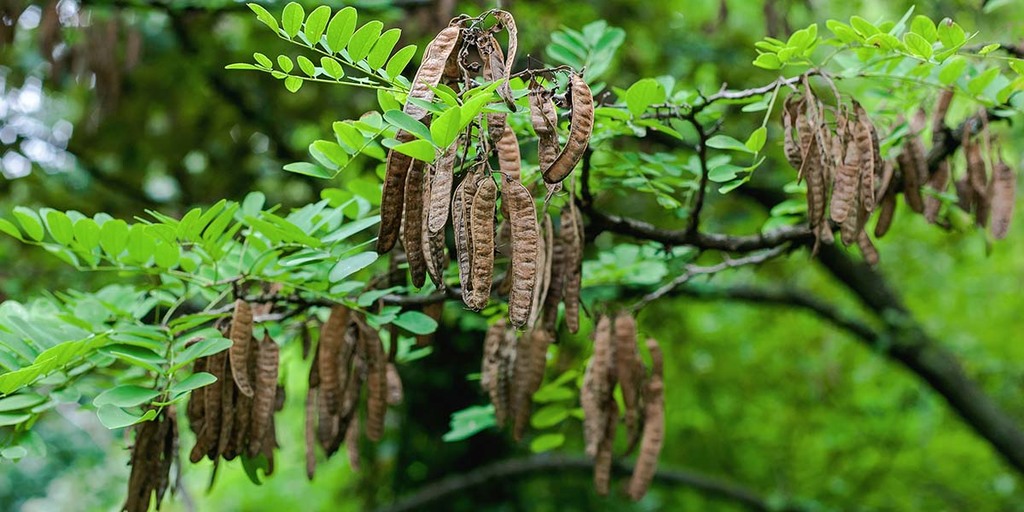
To make your permaculture orchard truly sustainable, you’ll want to incorporate plants that help to remediate the soil and keep it rich and healthy year after year.
That way you won’t need to worry about using chemical fertilizers, or even tilling compost into the soil.
Nitrogen is the nutrient that your trees and other crops will need the most of. Luckily there are plenty of different nitrogen fixing plants that you can add to your orchard.
These will gradually provide nitrogen to nearby plants, as well as back into the soil.
Nitrogen-fixing plants come in all different shapes and sizes.
You may want to incorporate some trees like black locust, alder, or acacia trees. Or you might opt for vegetables and cover crops like clover, alfalfa, fenugreek, peanuts, snap peas, lupine, or beans.
7. Pick Plants That Will Attract Beneficial Insects
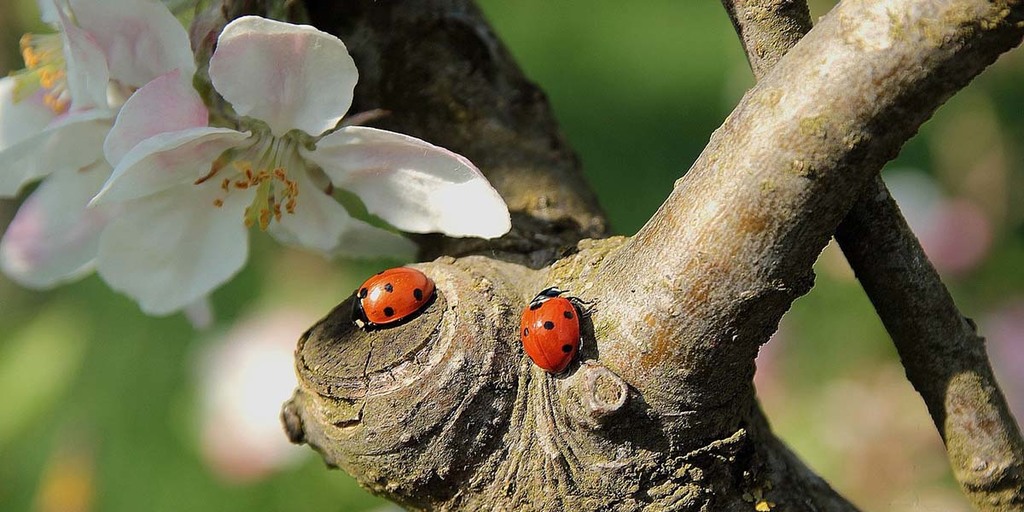
A rich ecosystem including beneficial insects is necessary for your permaculture orchard to really thrive. You’ll need them to pollinate your crops, as well as keep pests under control.
Nectar-rich flowering plants will help to attract insects like wasps and bees.
You can pick dedicated plants just to attract insects, or you can multitask and grow any number of herbs and flowers that will attract helpful bugs but also add profit to your orchard.
Definitely consider crops like caraway, alfalfa, dill, fennel, carrots, and plants in the aster, mustard, and pea family. These will help attract praying mantids, ladybugs, ants, and many other beneficial insects.
8. Add Mushrooms
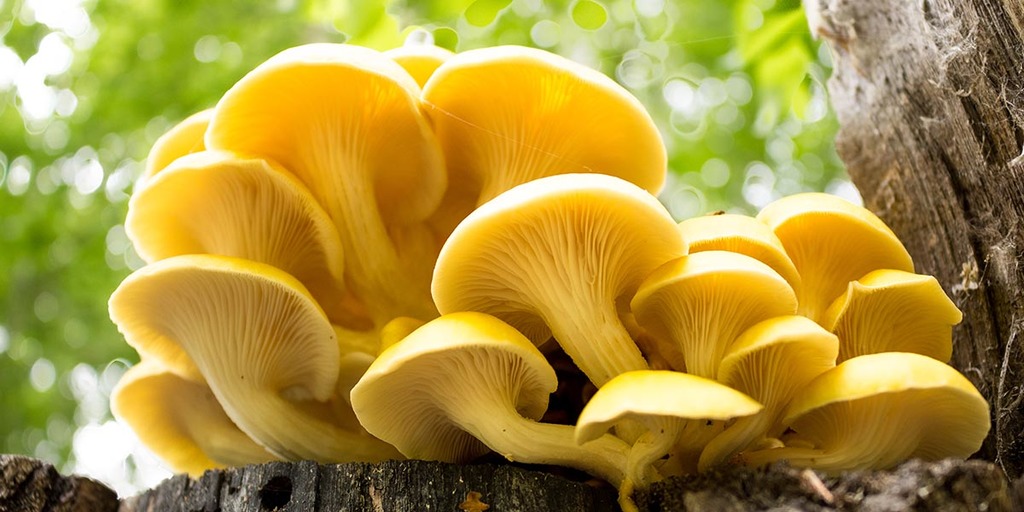
It’s no secret that I love mushrooms. So I would look for any way to incorporate them into an orchard or any other type of farm.
Aside from being a profitable crop to sell and fairly easy to grow and manage, mushroom mycelia also has beneficial effects on soil and often works synergistically with other crops in your orchard.
A good permaculture orchard is more like a forest, and will have lots of shady damp spots where you can add some mushrooms. Consider species like oyster or shiitake mushrooms that you can grow on logs.
When you’re growing outdoors in this way, I’d recommend buying plugs that you can hammer into fresh logs and harvest from for several years.
You could also make a bed of woodchips and grow wine cap mushrooms (Stropharia.) They’re an easy mushroom to grow for beginners and grow big, a lot like a portobello mushroom.
Plus their reddish wine-colored cap is quite distinctive and unlikely to be mistaken for any non-edible mushrooms that may happen to grow in your orchard by accident.
- Read the full guide of How to Grow Mushrooms On Logs.
9. Consider Raising Livestock
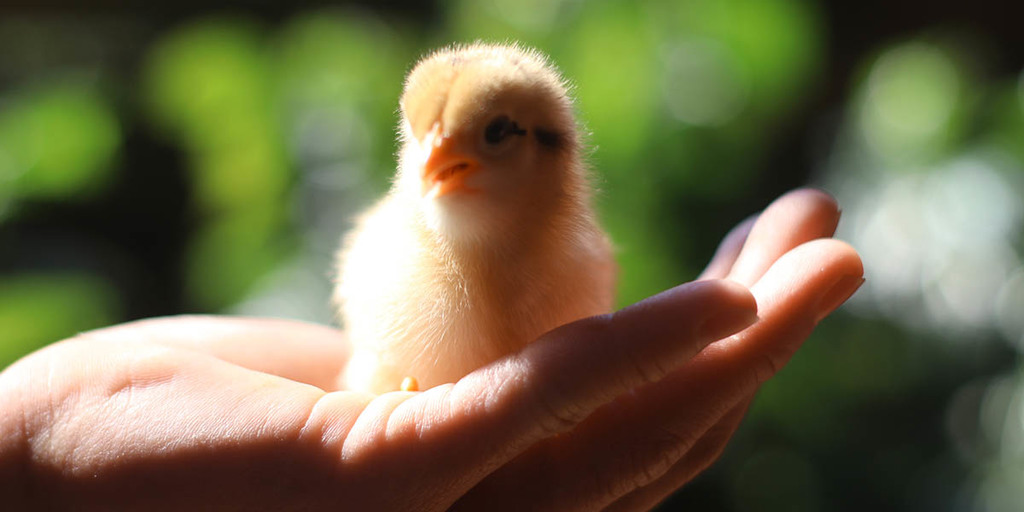
Believe it or not, adding domesticated animals into your permaculture orchard can be very beneficial.
Silvopasture is the process of integrating grazing livestock, trees, and forage together into one ecosystem in a way that’s mutually beneficial for all of them.
It’s one form of a permaculture land use management system called agroforestry.
Animals provide a cost-effective weed control method which also helps to reduce pests and disease. They then add manure back into the soil and provide extra nutrient back to fruit trees and other crops in the orchard.
Trees provide shade and windbreaks to the livestock, which allows them to better control their temperature and keeps them healthier and happier.
All kinds of animals could be incorporated into a permaculture orchard. Think about whether you’d like to raise chickens, duck, geese, rabbits, cows, goats, or pigs.
Beekeeping also makes a lot of sense in conjunction with a permaculture orchard.
10. Incorporate It All Into A Food Forest or Forest Farm

I’ve written another article on food forests, forest gardens, and forest farms you can read which goes into a lot more detail.
But the basic idea is that edible permaculture forests should have seven or more layers including an overstory, understory, shrub layer, herbaceous layer, vine layer, ground cover layer, root layer, and mycelium layer.
The overstory or canopy layer has full-sized nut, fruit, or nitrogen-fixing trees like walnuts and chestnuts.
The understory includes shade tolerant and semi-dwarf fruit trees like apples, pears, mulberry, and others. But depending on your climate, it can include crops like coffee that don’t normally grow in an orchard.
The shrub layer includes things like blueberries, raspberries, currants, roses, bamboo, willow, as well as other plants used for crafts like basket weaving.
The herb layer includes any non-woody vegetation. This can be herbs like parsley, thyme, dill, mint, chives, or tarragon. Or plants like tomatoes, pepper, collards, or okra.
The ground cover layer includes species like clover, nasturtium, and strawberries.
A vine layer can include things like grapes, kiwis, passionflowers, as well as climbing flowers like honeysuckle, roses, clematis, and others.
The root layer includes crops like potatoes, jerusalem artichokes, turmeric, carrots, garlic, onions, radish, and licorice.
Having some plants from each layer will enable them to work together and create a true ecosystem, just like a naturally-occurring forest.
The different parts of the food forest support each other and the whole thing works together like an engine to keep the overall ecosystem functioning year after year, with minimal human input.
Frequently Asked Questions
Q: How many acres do you need for an orchard?
A: To earn a decent amount of income from your farm, you’ll need at least five to ten acres to generate enough fruit, nuts, and other crops to make it worth it. To earn a full-time income from your acre, you’ll want to plant 50 to 100 acres.
Q: How long does it take to grow an orchard?
A: If you’re growing from seed, it can take six to ten years before most trees will mature and begin to produce fruit. You can speed up the process by buying seedlings, but this will also increase your costs.
There are a few exceptions. For example, a peach tree is one of the fastest growing and can reach a height of 15 feet in just one year.
Q: Can trees die of old age?
A: The answer is technically yes, but it’s complicated. All living things eventually undergo deterioration due to aging called senescence, where the cells begin to lose the power to divide and grow.
But old age is almost always a secondary cause of death for trees. They tend to become less effective at defending against pests and disease and succumb to those, rather than dying a natural death of old age.
Final Thoughts
Creating a permaculture orchard is a long-term project. You likely won’t see the payoff for several years. (If you’re not ready for that kind of commitment, you may try implementing some permaculture elements into your backyard.)
But in the long term, it’s a very sustainable way to earn a living from your land, and it requires very little maintenance once everything is established and working correctly.
You can also supplement your income with annuals, livestock, and other sources of revenue while your larger fruit and nut trees are still maturing.
If you already have a conventional orchard, converting it into a permaculture orchard isn’t a difficult process and can be done gradually over time.
Adding other layers to create a food forest will increase biodiversity and make for a more sustainable parcel of land.
Making your own permaculture orchard is a big commitment, and if you’ve never done any kind of permaculture or agriculture before, I wouldn’t jump right in.
But if you have experience growing microgreens, mushrooms, or other types of growing, then it might be worth considering taking your farm to the next level.
If you want to learn more about creating your own organic farm, read my articles below:
